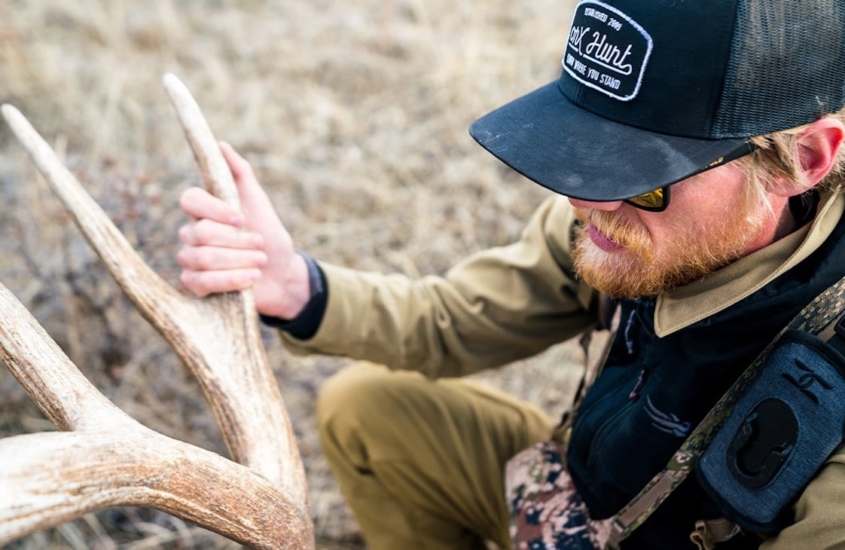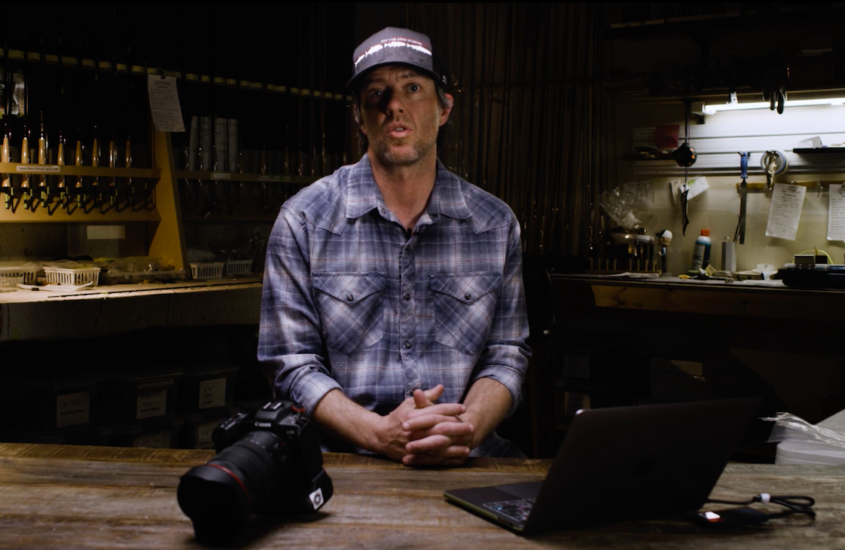By Tom Brown III:
Purchase Tom’s Survival Masterclass here.
No matter how you slice it, it’s safe to say we humans suffer from a frightening lack of awareness. If you look at the juxtaposition between our hunter-gatherer ancestors and us, one thing will be clear, our ancient ancestors were far more aware than we are. Our ancestors were intimately familiar with their surroundings. They knew the many uses of every plant and tree, knew the animals and their habits, actions and reactions. Fast forward to modern-day, and we are a species on a precipice. Once, we shared a kinship with nature and all its beings and understood the delicate balance. Today we take whatever we want from the Earth, blind to the consequences. One of my goals as an educator is to help people recapture the fantastic sense of awareness our ancestors had.
I have noticed over the years that when a person becomes aware, their lives change. However, awareness can be a difficult thing to teach. Why? Because we are dealing with intangibles. I can teach you to make an animal trap by carving three sticks a certain way and by showing you a real example of that trap. You can hold it, look at it and put it together. But when teaching awareness, you are dealing with different concepts. The concept I will speak about in this article is known as concentric rings.
To explain this concept, let’s start with a pond whose surface is as smooth as glass. Picture it in your mind. Now pick up a rock and throw it into the pond. Where the rock hits, there will be an initial splash. Radiating out from the center, concentric rings will start and continue until the ripples reach and reverberate across the whole pond.
Next, I want you to imagine the forest. It’s a beautiful day, and all the birds and animals are going about their regular business (the glassy pond). All of a sudden, a human trudges into the woods (the thrown rock). At first, the squirrels and blue jays send up their alarm calls (the initial splash), and all then across the forest, the birds and animals relay that alarm call as it ripples across the landscape. Welcome to the world of concentric rings!
I can’t tell you how many times I have been quietly sitting in the forest only to see the above scenario play out. It doesn’t matter if the disturbance happens 50 feet or 1,000 yards away, you can see, hear and feel the reaction.
Imagine for a moment you are walking down a busy city street. You hear and see the usual rush and din. All of a sudden, you hear a blood-curdling scream! What happens next? People closer to the scene may scream or call out. People nearby will change their course and speed of movement and rush to see what going on or flee in the opposite direction. Concentric rings can happen anywhere, in any setting.
Before further discussing concentric rings I would like to talk about the baseline. The baseline is the overall noise and activity level for any given location. It can be in the forest, a meadow, or even a city street. When that baseline of activity or noise is broken in one form another, a concentric ring is thrown.
Every area has its own unique ebb and flow. Any noises that are above that ebb and flow will cause alarm and send out concentric rings. Things like voices, ATVs, gunshots or any other human activity will definitely disturb the baseline of a remote forest, causing animals to flee for miles around. Yet, those same noises will not disturb the denizens of suburban parks.
To delve into the world of concentric rings, you need to become the consummate naturalist. Immerse yourself in nature and look and listen to what is going on around you. You need to become familiar with the baseline to understand when something disturbs it. You will learn how animals act and interact. Different stimuli create different reactions. A blue jay will react differently to a red fox than to a house cat. When in the city, pay attention to people and how they interact with each other and their surroundings.
An easy way to quickly illustrate this is to go find a patch of woods and quietly wander into it and find a place to sit down. After 30 minutes, just stand up the way you would when getting out of your favorite chair at home, taking no care to be quiet. You will immediately notice the response of the forest. In a previous article, I talked about stalking and movement and how to properly move through the woods. It is essential to move across the landscape, creating as few ripples as possible. This will give you the most pristine experience as opposed to marching through the woods the way your average backpacker does. In fact, the more you pay attention while in the woods, the more you will learn.
An important part of getting into the finite details of concentric rings is bird language. Most birds have a myriad of calls and songs for everything from locating a potential mate to calling out a threat. If bird language is of interest to you, I highly recommend Jon Young‘s writing and audio recordings on the subject of bird language.
Concentric rings are not the only thing letting us in on what’s going on in the forest as far as disturbances in your immediate area. As I said, you can learn a lot just from observation. A few years back, I was living in Northern Virginia, and a winter storm dumped 40 inches of snow. It was one of the most beautiful natural displays I have ever seen. For a few days leading up to it, the news reports were blaring about the impending blizzard. An aware person could have just as easily predicted the storm by watching nature. For days leading up to it, all the animals and birds were in a frenzy. Birds filling up on seeds, squirrels fortifying their nests, and deer were moving about. Animals are in tune with their environment. They know when a weather event is coming and prepare accordingly. As a child, I spent quite a bit of time at the beach. I always remember how the seagulls would head inland before a storm. I’ve also read reports of animals fleeing to high ground a few hours before a massive tsunami hit an area, or vacating the lush sides of a volcano days before it erupted.
I think the most important lesson, especially when it comes to awareness skills, is merely making a choice to be aware. It’s really as simple as that. Make a choice, and then start paying attention to your surroundings. Instead of wandering through life with blinders on, take it all in. When we become aware, we can begin cultivating the instincts our ancestors had. But that’s a lesson for a different time!
Watch Tom’s webinar about concentric rings here.
Episode #: 97 (click to listen) and 98
Duration: 1 hr 18 min and 1 hr 24 min
Topics Discussed: Stalking tactics, tanning hides, fire-starting, wilderness survival, tracking, observation and more!
Bio: Tom Brown III, also known as “T3,” has been a life long student and practitioner of primitive living skills, wilderness survival and nature connection. Born in New Jersey in 1978, he grew up learning the skills our ancestors used to live close to the Earth from his father, Tom Brown Jr, founder of the Tracker Wilderness Survival School. Growing up at the Tracker School showed him the profound effect reconnecting people to nature can have not only on the individual but on the planet as a whole. After spending a few years wandering across America, he has spent the last 20 years passing on the skills he learned as a child. Currently Tom lives in Oregon and works with Trackers Earth as an adult educator and land steward. When not teaching or writing, Tom is an avid fly-fisherman, traditional archer and nature photographer.













